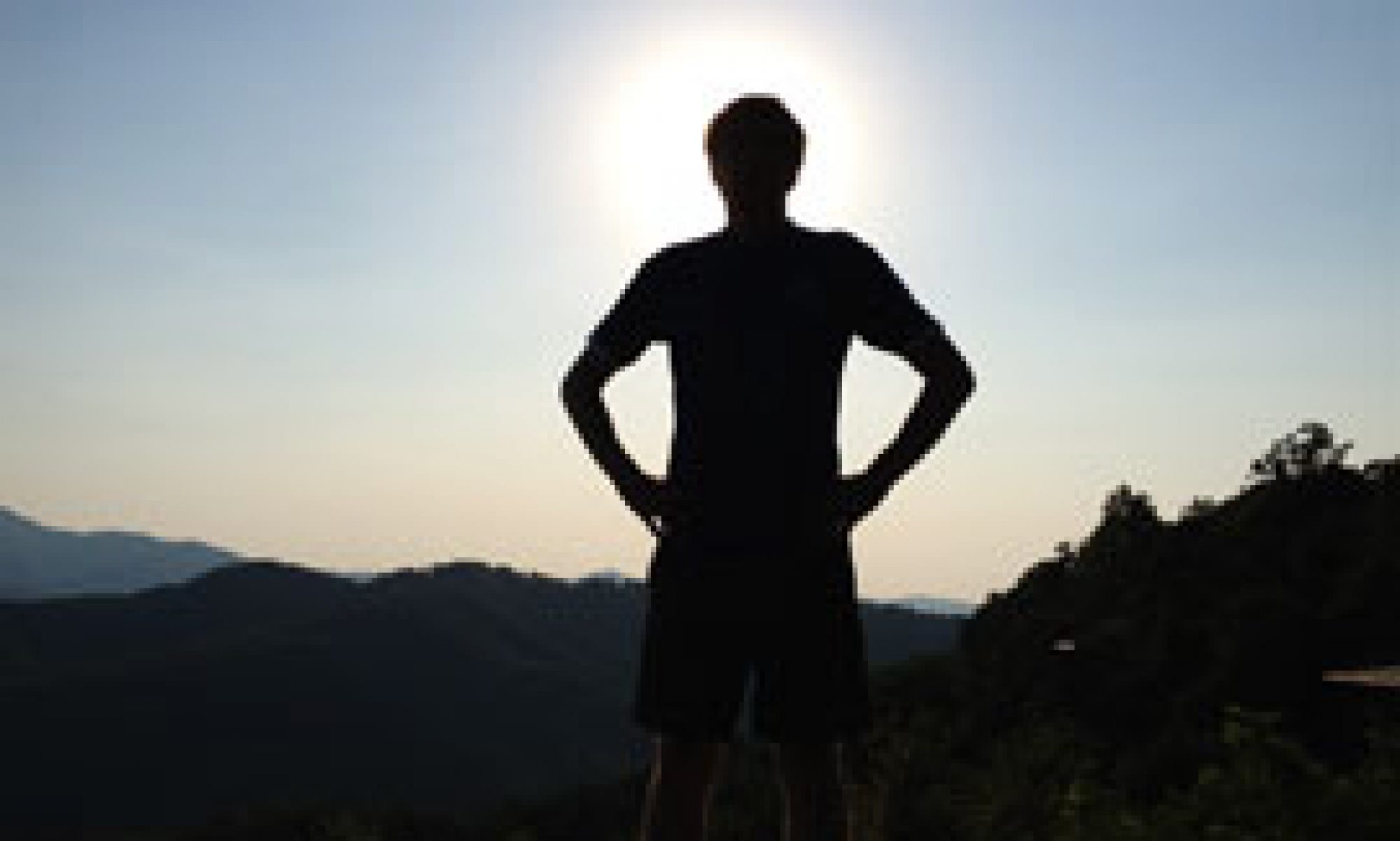This is the second part of a series on sleep, why it’s an important part of a healthy lifestyle, and things you can do to ensure that you’re getting good quality sleep so that your body can do it’s necessary repair and maintenance.
Make sure you check out Healthy Sleep part 1 if you haven’t already done so.
Try to avoid sleeping pills or medications designed to make you fall asleep. These are not really promoting healthy sleep, carry unknown long-term risks, and have side effects and risks of their own. It has also been observed that the sleep patterns and rem cycles are different when using medications to induce sleep. When you were a child and you could fall asleep anywhere, and sleep through just about anything and awoke rested and refreshed. It wasn’t generally because you had enough sleep medication in your system – and that same thing is true now. Sleep medication can “put you out” at night, but it’s not the same as regular sleep.
Do consider using melatonin as a sleep aid if you are at least 21 years of age or older and have difficulty regularly falling and staying asleep. Melatonin is a substance that your body naturally produces (in the pineal gland in your brain) to help regulate the sleep/wake cycles. It is inexpensive, readily available, and effective. Start with a small dose and work up from there – you may not require much for it to be effective. Some people also find that they can back down your dosage once you establish healthy sleep patterns. Melatonin can also be helpful when traveling – taken at bedtime at your destination – to reinforce the signal to the brain that it’s time from sleep – and to help set and regulate the new sleep cycle, especially if you have changed time zones.
If possible, try to create a sleep environment that is quiet and has total darkness. This helps the eye/brain signals reinforce that it is sleep time. Light (as in the sunrise) is a signal to the brain that it is time to be awake. Even low level lights like nightlights or the lights from digital clocks can interfere with this process. Studies have shown that your body does detect these sources of light and it does affect sleep cycles. Ideally, you should remove nightlights, cover the lights from digital clocks and cover and LEDs that may be on cellphone chargers or power switches. Your goal is to sleep to have as dark a sleeping environment as possible. This may also involve using light blocking shades or drapes over the windows. You will probably find that as a result you will have deeper, uninterrupted sleep.
What about the temperature? Too hot or too cold is a problem, though most people find that a slightly cool environment is conducive to good sleep. Your body will naturally heat you up in the morning when it’s time to get up, as this is a part of the natural sleep cycle. Don’t be surprised if you’re ready to throw back the sheets or covers in the morning when you wake up, even if you do keep your bedroom on the cooler side.
Finally, try to avoid going to bed on a full stomach, or drinking very much alcohol right before bedtime. Either of these can interfere with proper sleep cycles and make the difference between getting up in the morning feeling fully rested and refreshed, or having to drag yourself, feeling tired, out of bed in the morning.
Questions, comments, or want to find out more about this post or something else?
Leave a comment using the fields below.
I’d love to hear from you!


2 Replies to “Healthy sleep – part 2”